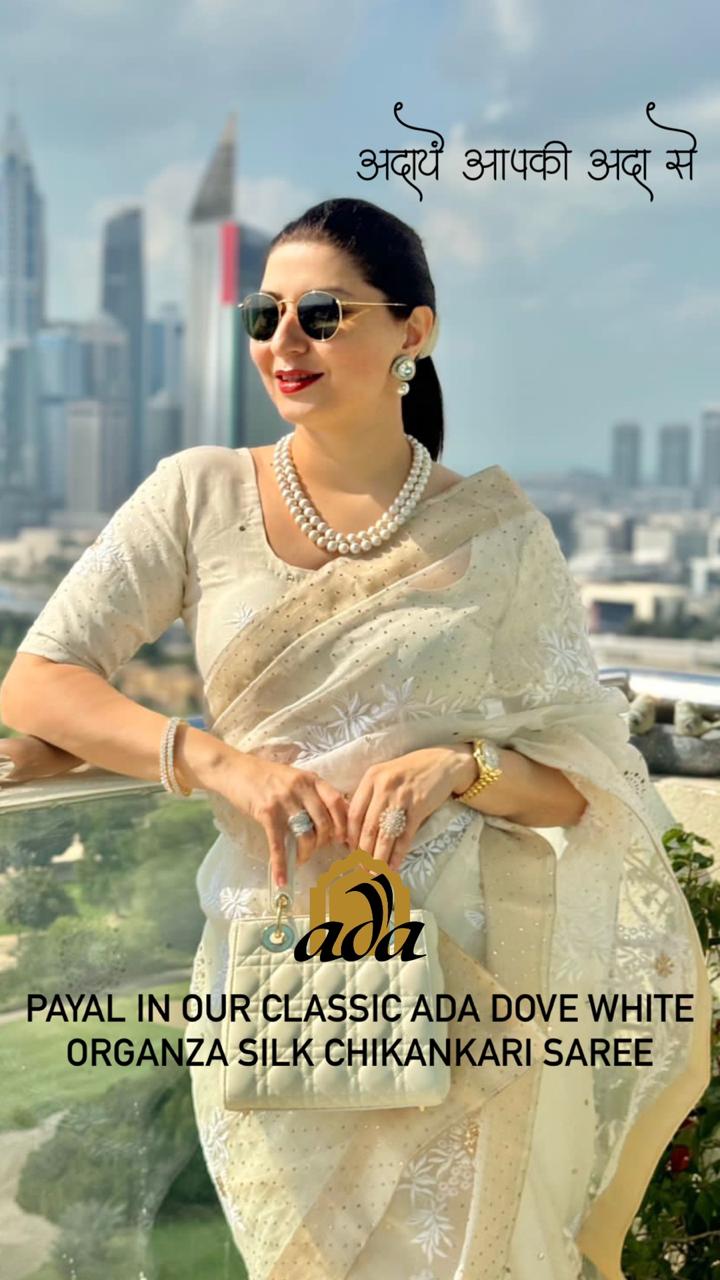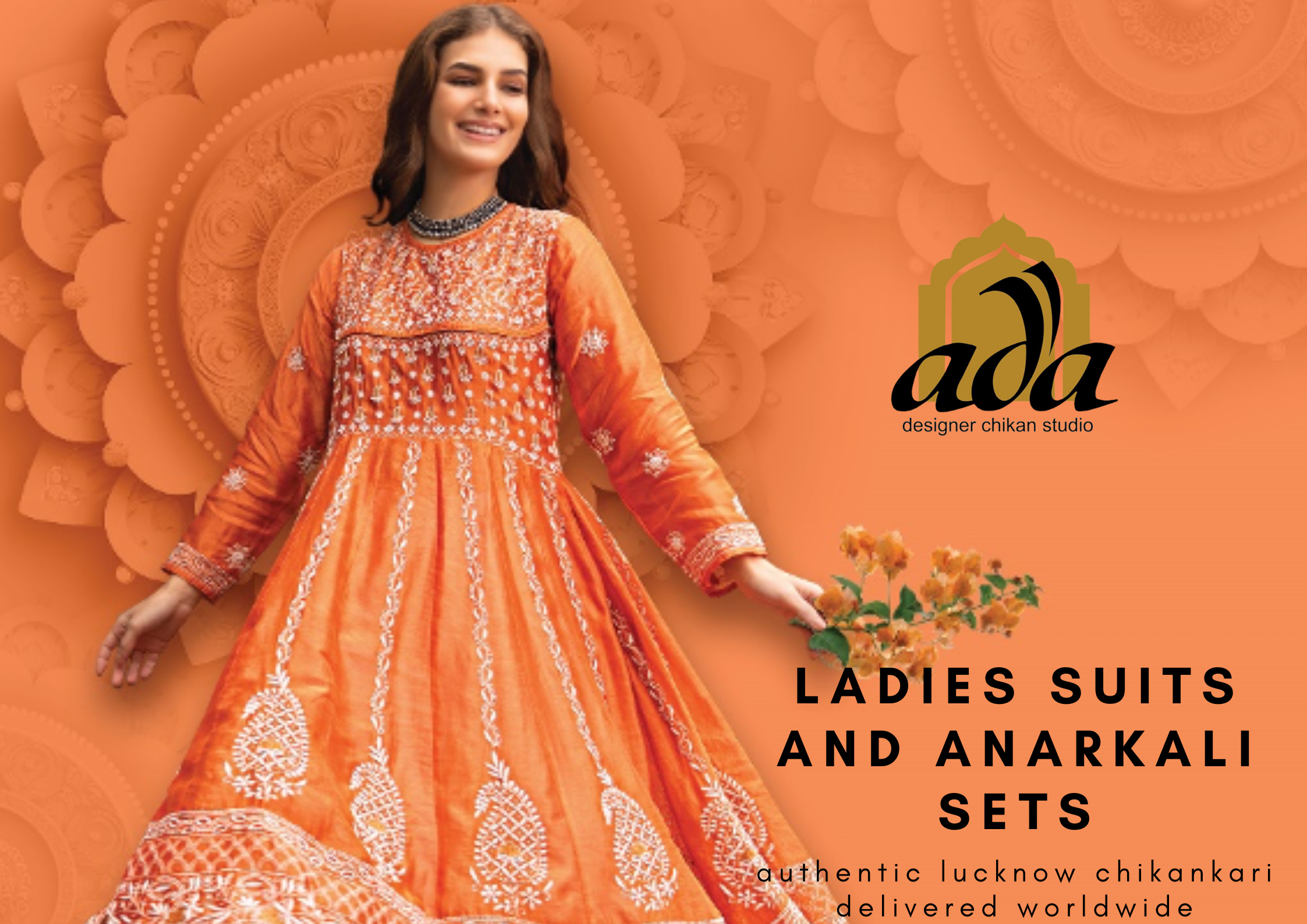Mukaish Work: The Glistening Embellishments

Mukaish Work: The Glistening Embellishments
“Lucknow Hum Par Fida Hum Fida-e Lucknow,
Kya Hai Taaqat Aasmaan Ki Jo Churaae Lucknow.” – Naubat Rai Saxena Nazar Lucknawi
Lucknow, a city of diverse culture and heritage is renowned for its many treasures. Its name is synonymous with royal architecture, its craft, the aromatic fragrance of itar (perfumes), polished speech, delectable cuisine, and cordial hospitality. The amalgamation of various cultural ingredients has contributed to the richness and authenticity of the city. The culture of Lucknow is an amalgamation of sophistication, warmth, etiquette, courtesy and a fine taste in the standard of living. Many cultural traits of the city have made the city the quintessential of ‘Tehzeeb’. Lucknow is not just home to some amazing culture and cuisines. Its hidden crafts are one of its true treasures. One of the most beautiful embellishments and ornamentation art- THE MUKAISH work also find their origins here.
Mukaish or Muqaish or Mukesh or Mokesh work is a form of embellishment work in which strips of metallic wire are inserted into the fabric and then twisted to create metallic embroidery. This type of embroidery involves twisting thin metallic threads to create patterns all over the fabric. Also referred to as ‘sachcha kaam’, real silver and gold were traditionally used for this work. However, a variety of threads and metals are now being used. This form of embroidery can be done on all kinds of clothing items, right from sarees, lehengas and salwar kameez to shirts, tunics, kurtis and more.
How Mukaish work is done:
There is a three-step procedure to this beautiful art as explained below-
- Chapaayi
- Takaayi
- Ghutaayi
CHAPAAYI
The first step is the chapaayi of the design which needs to be embroidered on the fabric. This could be transferred from a perforated paper stencil or block printed. The design is first printed on the fabric using a mixture of gum and Neel (indigo powder).
TAKAAYI
The metal that is being used in the Mukaish work is usually in the shape of a wire. The metal is first stretched into strips and then passed through the fire so that metal takes on different hues. After this, metal is then cut into wires of finer breadths. Next, the wires are beaten using a small hammer so that the density of the wire is almost paper thin. Only when such density is achieved the wire can be weaved in and out of something as delicate as a fabric.
GHUTAAYI
Once the embroidery work is complete, the fabric is spread out flat. The embroidery is then flattened and brightened thoroughly over with a glass bottle or cowrie shells. This is done to work out any lumps in the embroidery. It also burnishes the metal and leaves it brighter and shinier.
Style & Variety
There are two major patterns in which the Mukaish work is portrayed:
- Fardi ka kaam
- Kamdani
These patterns are made amid the procedure of Takaayi and produce different designs.
Fardi Ka Kaam:
Fardi means “dots”, is the most basic and famous type of Mukaish work) are used vastly to create the patterns. The width of the wire determines the size of the dots; finer the dots the more expensive they are.
There are many sizes and patterns in which these dots are created, namely:
Hazaar Batti: or the thousand dots design in Fardi are characteristic of Lucknow
Tikki: Flat Sequins
Challa: Rings
Kamdani:
In Kamdani, the wire attached to a small length of thread is pulled through the fabric with a needle, beautifully working into motifs. To make the process of threading a needle easier, the wire is attached to a small length of thread. These wires can be worked into any number of patterns and motifs, thereby becoming popular as ‘fancy kaam’.
Chikankari & Muqaish Work
The embellishments of Mukaish are extensively used with Chikankari, as both the craft forms hail from Lucknow they have always been each other’s companion. On the runway, in boutiques and within homes, Mukaish work is now seen as part of the larger chikankari garment. The beauty of Mukaish work merged with chikankari lends to the attire is undeniable. From pure georgette fabric to crepe to cotton to chiffon to tusser silk one can see the amalgamation of Mukaish adornments with chikan embroidery. But the combination of white pure georgette and chikan embroidery remains favourite among the craft lovers. Usually, heavy chikan-and-mukaish-work georgette dresses are in white hue and can be dyed in any colour of one’s choice.
Chikankari and Muqaish work dresses have gained huge popularity in the world of fashion and these dresses are beautifully being fashionably flaunted by celebrities. Mukaish work dresses have also gained popularity among wedding and party wear, the gleaming work of Mukaish along with the delicateness of chikankari makes the dresses a stand out among the rest.
– by Lubna Fatima
















1 Comment
I love it when folks get together and share opinions. Great site, stick with it!